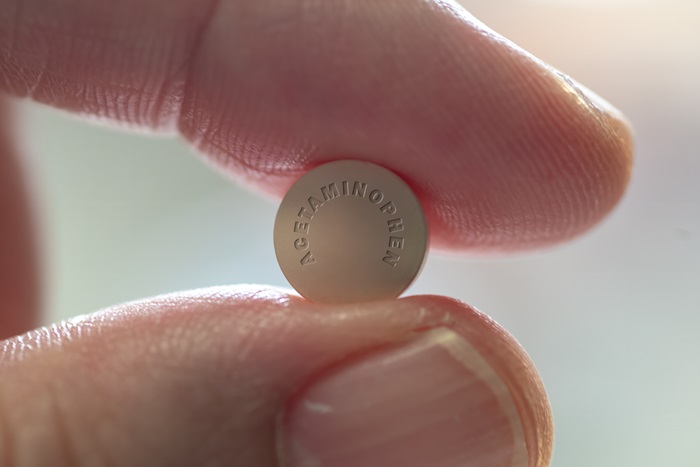
The advanced system with video feed shifts common fertility surgeries from the OR to in-office, improving outcomes & saving patients the stress of an operation under anesthesia
New Orleans (November 18, 2021) – Caitlin Wilson of Metairie is expecting a second child after having surgery performed by Dr. Warren “Jay” Huber to remove uterine polyps – while she was awake and watching the whole time.
“I felt very calm and comfortable being awake during this surgery,” said Wilson. “I really liked being able to almost be a participant in a way and I was able to see on a monitor what was going on. Having Dr. Huber explain everything that he was doing in real time was great. It was an integral factor in helping me get pregnant.”
Wilson’s awake procedure was performed at The Fertility Institute of New Orleans, the only fertility practice in the state and one of few in the country that has the new Luminelle® DTx System. It is an advanced system used to perform a hysteroscopy, a frequently used infertility evaluation tool that can both identify and correct certain conditions preventing pregnancy.
The system allows the patient to be awake rather than under general anesthesia, which removes risks from anesthesia and improves recovery time and adjustment from being unconscious. It also reduces costs, time and inconvenience for the patient.
We’ve taken a procedure traditionally performed in a hospital operating room, where patients have to take the day off and go under anesthesia, and placed it in-office, where the procedure takes 10-15 minutes in a familiar setting with no anesthesia,” explained Huber. “The way insurance works, the hospital procedure will have three fees, but in-office it’s only the procedure fee. It saves patients time and money.”
Some hysteroscopies already can be performed in-office and without general anesthesia. But the Luminelle system allows doctors to do more complicated procedures in-office and without anesthesia. “We can do two things at once, like egg retrieval and removing uterine polyps,” Huber said. “It’s a one-stop shop for surgical procedures in-office.”
The system allows for better vision for the surgeon, which results in better diagnoses and surgical outcomes. It also helps doctors by keeping them in the office, where they are more useful to patients than having to travel to the OR and wait for things to be ready. By performing more procedures in-office, they can be more available for patients and urgent needs.
“The nice thing about this system is that it’s a hybrid. Hysteroscopes are usually fully disposable or fully reusable,” said Huber. “With this new system, the screen, computer base and scope are reusable but the sheath and tubing are disposable. The disposable biopsy sheath is the first of its kind. You get the visualization of the reusable expensive system but reduced cost of the disposable system, which saves money for the practice and therefore the patient.”
It also allows the patient more control in timing the procedure rather than being dependent on hospital scheduling. Wilson said being able to walk out of the office, drive home and continue her day as normal was extremely convenient. So was not having to take any time off work for recovery or take additional medications.
Some patients have health risk factors that increase complications from general anesthesia, and one study showed that the majority of patients undergoing surgery feared anesthesia. Females were at a higher risk of experiencing fear, which can bring anxiety and can affect the patient’s surgery.
Though Wilson did not have such fears, she did enjoy seeing what was going on, saying, “I was fully awake and remembered everything before, during and after the surgery.”
Dr. Huber said that the new system is not right for all surgical procedures of this nature. But it does allow The Fertility Institute to perform many surgeries in-office, without anesthesia and even without using a vaginal speculum, which women so often find uncomfortable.


